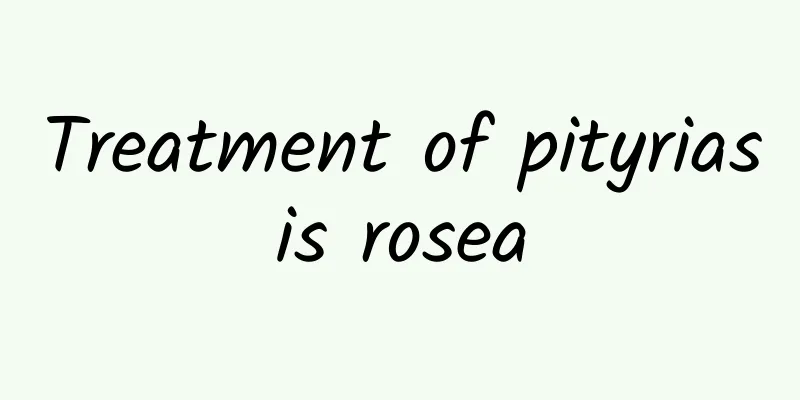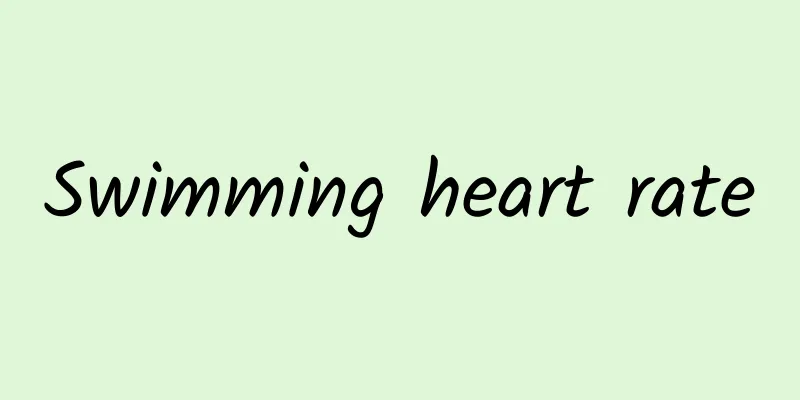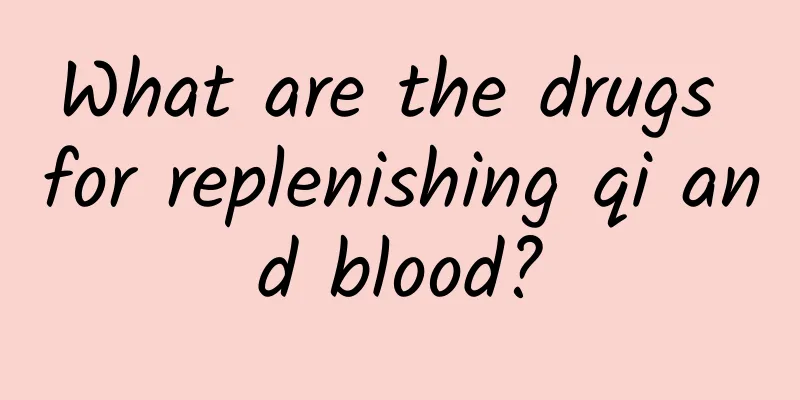Treatment of pityriasis rosea

|
Pityriasis rosea, a beautiful-sounding name, is actually a very troublesome inflammatory skin disease. The medical cause of this disease is still unclear. This disease often occurs in the limbs of our body. Bran-like substances will appear on the skin surface, and the patient will feel very itchy. So what are the treatments for pityriasis rosea? Treatment of pityriasis rosea with traditional Chinese medicine 1. Treatment with Chinese medicine Treatment method: Clear heat, cool blood, dispel wind and relieve itching. Prescription: Imperata root 30g, Rehmannia root 15g, Moutan bark 10g, Sophora japonica flower 15g, Lithospermum root 15g, Red Peony root 15g, Dictamni bark 15g, Kochia scoparia fruit 10g, Saposhnikovia divaricata 10g. If itching is severe, add Tribulus terrestris and Sophora flavescens. Add Rhizoma Coptidis and Radix Trichosanthis if you feel upset and thirsty. For those who have not been cured after long-term treatment, add Millettia reticulata and Salvia miltiorrhiza. Or you can use Liangxue Sanfeng Decoction, or you can use 15g of Lithospermum officinale and 3g of Licorice, decocted in water and taken orally. 2. Acupuncture therapy: Select the acupoints Hegu, Quchi, Zusanli, Jianjing, and Sanyinjiao, and apply strong stimulation with needles retained for 10 minutes, once a day. A course of treatment is 10 to 15 times. Auricular acupuncture, lung, heart, and subcortical acupoints can also be used. Treatment of pityriasis rosea with Western medicine Because the disease is self-limited, the goal of treatment is to relieve symptoms and shorten the course of the disease. 1. In general, hot water washing and soap scrubbing are contraindicated during the acute phase of treatment. Strong irritating topical medications are prohibited. Clinically, many cases are seen where insufficient attention is paid to general treatment, thus prolonging the course of the disease or turning it into autosensitive dermatitis. 2. Antihistamines can be used appropriately, such as chlorpheniramine, cyproheptadine, terfenadine and clematis, etc. Vitamin C can also be used. 3. After the acute inflammatory period of ultraviolet radiation is over, ultraviolet spot irradiation can promote the disappearance of damage. 4. For external medication treatment, you can apply Gangelica lotion externally. In mild cases, there are no subjective symptoms, the course of the disease is self-limited, no treatment is required, and it can disappear on its own. During the acute attack period, all kinds of stimulation and moisture should be avoided. The goal of treatment is to relieve symptoms and shorten the course of the disease. However, the exact effectiveness of some treatments is difficult to evaluate. 1. Systemic treatment Antihistamines can be taken orally. When inflammation is obvious, 10 ml of 0.25% procaine hydrochloride can be used for intravenous blockade, 10 ml of 10% sodium thiosulfate can be injected intravenously, or 100 μg of vitamin B12 can be injected intramuscularly, once a day. You can also try polyMycin 2 mg each time, injected intramuscularly, once every two or three days. In addition, human immunoglobulin or convalescent plasma injection may be used as appropriate. For patients with severe symptoms or prolonged course of illness, short-term use of glucocorticoids may be appropriate. Severe blistering cases can also be treated with dapsone. 2. Local symptomatic treatment The principle is to relieve inflammation, relieve itching and protect. Avoid hot baths and soap during the acute phase. Avoid irritant medications. You can choose calamine lotion, 5% sulfur lotion or sulfur emulsion camphor cream, etc., and it can also be used in combination with corticosteroid emulsion. For stubborn and long-term patients, 5% black bean distilled oil corticosteroid emulsion can be used as appropriate. 3. Physical therapy Erythema dose ultraviolet irradiation, use I ~ II degree erythema dose, once every 2 to 3 days, 10 times as a course of treatment, can shorten the course of the disease, improve symptoms. It is used for acute inflammation or stubborn patients. It is contraindicated for patients with obvious inflammation and exudation. The above is the treatment method for pityriasis rosea introduced to you. When our body shows symptoms suspected to be pityriasis rosea, we must not ignore it. Be sure to go to the hospital for relevant examinations to confirm whether it is this disease. Although the cause of this disease is still unclear, the chances of cure are still very high. |
<<: What are the commonly used hemostatic drugs?
>>: What diseases do white spots on nails indicate?
Recommend
What to do if a child has lymph nodes in the abdomen
Children have lymph nodes in their stomachs, whic...
What is the cause of intermittent needle-like pain in the waist?
These include factors such as age, gender, occupa...
The ten benefits of leg meridians
The importance of unobstructed meridians is self-...
What are the hazards of pregnancy with hypothyroidism to the child
Hypothyroidism refers to decreased thyroid functi...
What kind of tea is good for pharyngitis? 4 kinds of medicinal teas should be drunk more often
In recent years, with the improvement of people&#...
Chronic gastritis hiccups
Speaking of hiccups, I think most people in life ...
Swollen lymph nodes in the chin
Any disease has its own cause. After the disease ...
What to do if brain tumor recurs? Timely treatment is important
Tumor is a disease that is extremely harmful to t...
The kidneys send this signal to remind you to "repair"
Where will edema occur when there is too much kid...
What is the cause of the lump in the cervical spine?
When you touch the cervical spine with your hands...
What causes baby’s thick tongue coating? How to clean thick tongue coating?
Many mothers do not pay attention to their baby&#...
How to maintain health during the Jingzhe solar term
In fact, health care is very important during the...
Vomiting stomach acid burning throat
Our stomachs naturally produce acidic fluids that...
What is a closed pneumothorax? What is an open pneumothorax?
Accumulation of air in the pleural cavity is call...
What are the effects and methods of consumption of hemp seed tea?
Hemp seed is a traditional Chinese medicine that ...









